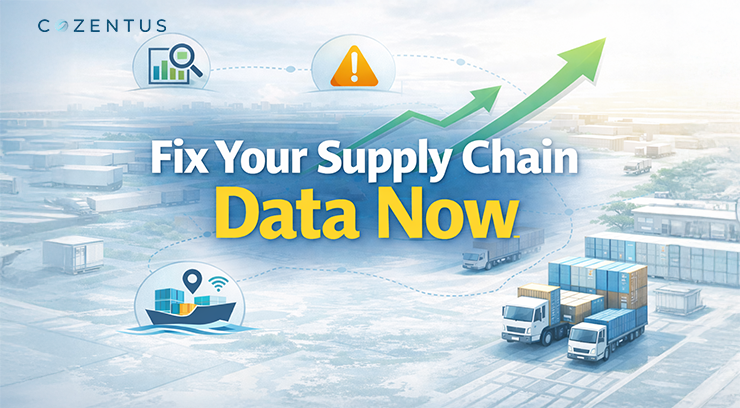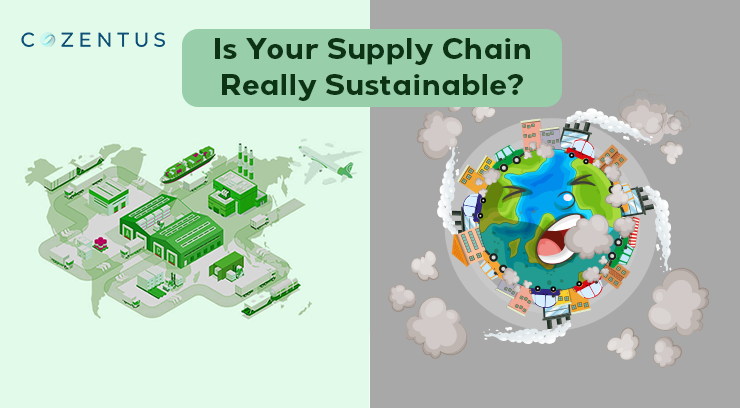
Today's fast-paced digital world is being transformed by Artificial Intelligence and Machine Learning, which are providing many organizations with creative solutions. They are significantly altering the way we handle documents. To improve accuracy and handle massive amounts of unstructured data more efficiently, businesses need to know how AI and machine learning improve document processing.
In this blog, we will provide enterprises with a roadmap to navigate the constantly evolving document management environment. Let us discuss.
AI and ML Technology Behind Document Processing
With estimates that Artificial Intelligence (AI) and Machine Learning (ML) would add $4.4 trillion to company value by 2025, these technologies are generating a lot of variability. AI is a technology that mimics human thought processes to solve complicated problems and get better over time.
Machine learning (ML) is a subset of artificial intelligence that uses algorithms to learn from structured data to build models that can be used for a variety of tasks, including prediction.
Here is the difference between AI and ML in document processing:
| Artificial Intelligence | Machine Learning |
|---|---|
| AI encompasses a wide range of technologies designed to simulate human intelligence. | ML is a subset of AI focused specifically on learning from data. |
| Understanding, interpreting, and automating a variety of tasks such as reading and categorizing documents, extracting data, and making decisions based on the content are all part of document processing AI. | ML models in document processing are trained to recognize patterns, classify documents, and extract specific information by learning from large datasets. |
| Encompasses a broader scope, including ML, to simulate human intelligence. | Employ algorithms, such as supervised learning for label-based data extraction and unsupervised learning for document clustering, that get more accurate and efficient over time as they are exposed to more data. |
Advanced Applications of AI & ML in Intelligent Document Processing
1. Natural Language Processing (NLP) for Data Extraction
Natural Language Processing (NLP), a component of machine learning, is transforming our understanding of and ability to draw conclusions from language found in documents. NLP algorithms enable intelligent document processing systems to interpret unstructured text, recognize important components, and grasp language complexities.
2. Enhanced Optical Character Recognition (OCR)
Deep learning algorithms are used by AI-powered OCR systems to identify text more precisely, especially in difficult situations like distorted, faded, or poor-quality images. It can accurately recognize and process a wide range of languages, even ones with difficult characters.
With previously unprecedented accuracy, ML-driven OCR systems can identify and analyze text contained in scanned files, images, and even handwritten notes. By continuously learning from new data, ML-based OCR systems can adjust to changing fonts, styles, and layouts, guaranteeing that the OCR performance stays stable and dependable.
3. Contextual Understanding
Intelligent document processing goes beyond data extraction. Using AI and machine learning, it identifies relationships between data points, analyzes language complexity, and understands document context. This capability allows IDP to handle complex tasks like document classification and extracting specific data from contracts. It improves document interpretation and management to a large extent, which increases accuracy and efficiency in IDP systems.
4. AI & ML for Pattern Recognition
Document processing uses machine learning algorithms trained on massive document datasets to find connections and patterns in the data. Even if the document format differs slightly, these algorithms use what they have learned to extract important features from new documents that IDP recognizes. With the help of this adaptive learning feature, AI and ML can handle a variety of document kinds and gradually improve the accuracy of data extraction.
5. Predictive Analytics for Workflow Integration
Intelligent Document Processing benefits from the ability of AI for predictive analytics. AI analyzes past data patterns and forecasts future document processing results using advanced algorithms. Based on data insights, it automates decision-making processes, detects anomalies, and forecasts document trends.
Predictive analytics can forecast many aspects related to document processing, including possible errors, processing times, document inflow, and other related factors. It helps firms facilitate better resource planning and allocation by predicting the volume of documents expected at various times. This integration enables them to make the work process more accurate, efficient, and adaptable to demands and trends in the future.
Overcoming Challenges in Document Processing with AI and ML
It can be difficult to implement IDP solutions, particularly when dealing with complicated, diverse, and large document quantities. However, artificial intelligence (AI) and machine learning provide effective solutions for these problems, altering how companies manage and utilize their data.
Businesses can overcome the common challenges related to document processing by adopting these cutting-edge solutions. They will simplify routine tasks and increase productivity.
- Achieving high accuracy in data extraction
- Information extraction from a variety of document formats
- Handling data in a variety of formats and languages
- Identifying handwritten manuscripts and extracting data from it
- Explainability and Interpretability
Transformative Advancements of AI and ML in IDP
- Increased Efficiency and Decreased Errors
- Adaptive Training for Changing Needs
- Making Strategic Decisions with Data Insights
- Increased Efficiency and Scalability
- Improved Understanding of Contexts
Conclusion
There is no doubt that intelligent document processing (IDP) is one of the software areas with the quickest growth, with projections indicating that the global market would reach $4.1 billion by 2027. In order for businesses to advance in their automation journey, it is also an essential part of the hyper-automation toolbox.
At Cozentus, we offer custom IDP solutions that utilize the most recent advancements in AI and machine learning. Your business can stay ahead of the curve and take full advantage of these revolutionary breakthroughs by collaborating with us. We believe that adopting these modern applications will provide you with the tools you need to confidently traverse the rapidly changing digital landscape.
If the adoption process feels challenging, we're here to help. Reach out to us today to discover the quickest path to efficient document processing!
Recent Post
Subscribe to our newsletter
Stay updated on latest trends and news in the supply chain and logistics industry
Join our mailing list for monthly updates
Download Reports
AI-Powered Intelligent Document Processing -Your Launchpad to Digital Transformation
Download






